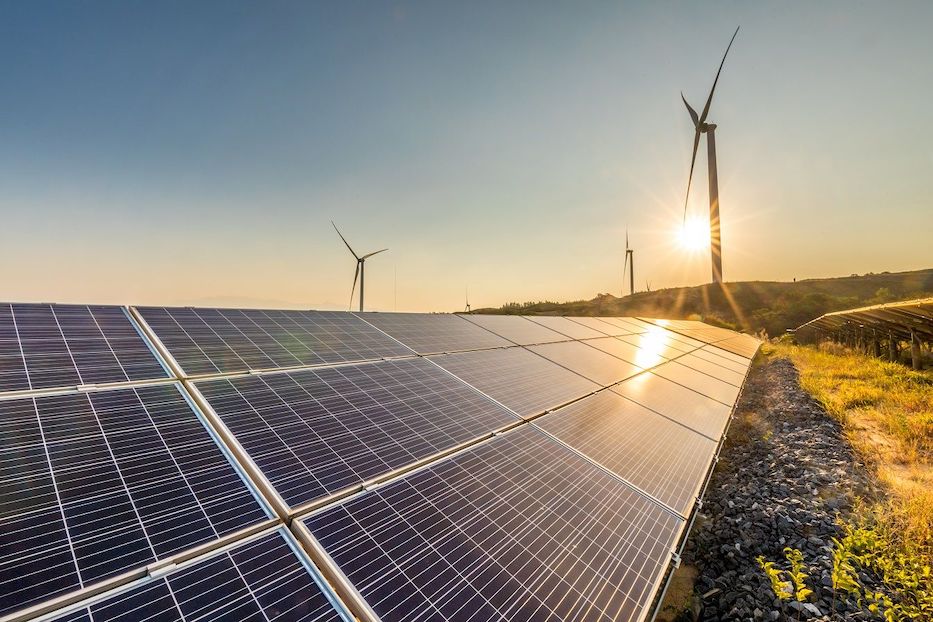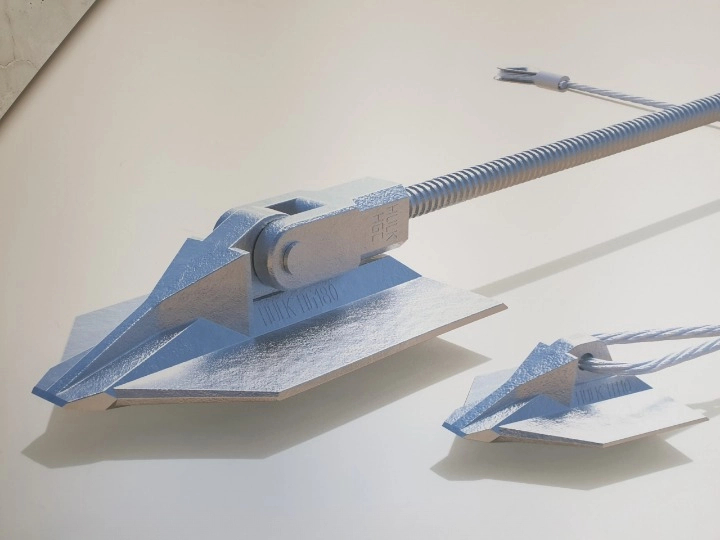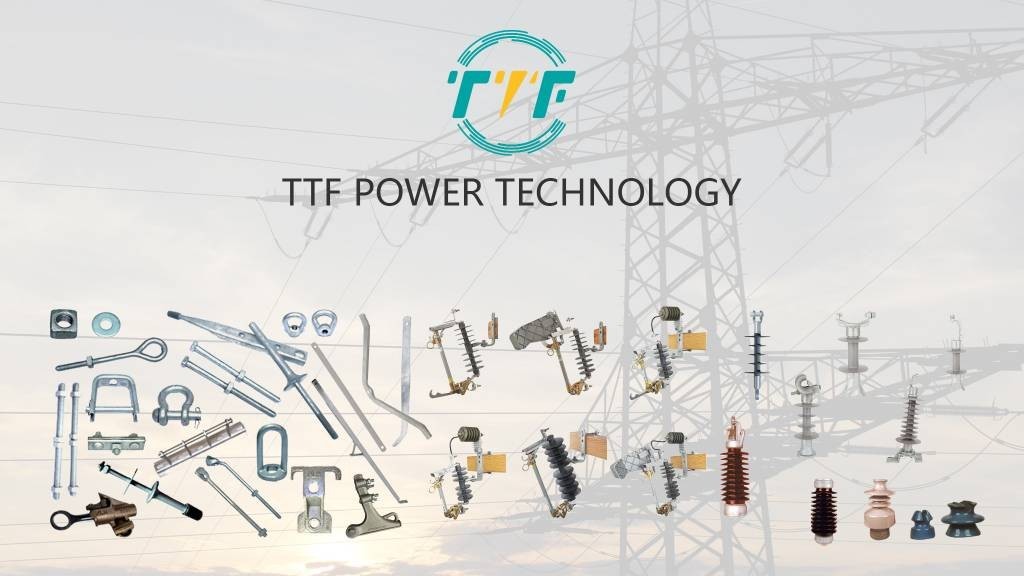
With the recent power auction in Chile, it could become South America’s renewable energy blueprint. Chile is set to conduct a significant power auction aiming to secure 22,500 GWh of new power contracts for the 2025-2028 period. The draft rules for the auction introduce a 60% renewable energy mandate and provide incentives for energy storage solutions. The auction includes incentives for projects incorporating energy storage systems. This is crucial to address grid constraints and enhance the integration of variable renewable energy sources. Earth anchors are a crucial component for renewable projects bidding in the auction. High-quality earth anchors provide lateral resistance and long-term load-bearing capacity for turbine bases. The incentives aim to improve grid reliability and maximize the use of Chile’s abundant solar and wind resources. The emphasis on energy storage positions Chile as a leader in adopting advanced technologies to enhance grid resilience and efficiency.
Chile’s 2025 power auction represents a strategic move to diversify Chile’s energy mix, reduce dependence on fossil fuels, and promote investment in renewable energy infrastructure. Chile’s high-wind regions need ultra-stable foundations to prevent turbine tilting or collapse. The use of earth anchors protects them against extreme winds in the regions. Solar trackers and fixed-tilt systems need anti-uplift protection in sandy soils. Helical earth anchors secure mounting systems to prevent wind-induced displacement. Earth anchors enable faster and more reliable construction and support battery storage installations. This is crucial for solar and wind projects to meet firm power rules. Additionally, earth anchors lower construction costs, provide long-term durability, and speed up permitting processes.
How Batteries and Hybrid Systems Enhance Grid Stability and Reliability in Chile
Chile’s new power auction demands firm capacity from power generators, aiming to enhance grid stability and reliability. The integration of battery storage and hybrid systems is crucial to meet the new standards and ensure consistent and resilient power supply. Firm capacity refers to a power plant’s ability to supply electricity consistently and on demand. Projects that can guarantee a steady output during peak demand hours will receive priority and financial incentives. Chile’s energy grid faced challenges leading to energy curtailment, grid instability, and high reliance on fossil fuel backup during peak hours. These systems reduce fluctuations, cut energy costs, and reduce reliance on fossil fuels.

- Battery storage for firm capacity—battery energy storage systems store excess renewable energy, smooth out power fluctuations, reduce fossil fuel dependence, and enhance grid resilience. This helps prevent voltage drops and improve power quality, reduce carbon emissions, and improve grid reliability.
- Hybrid energy systems—hybrid systems combine many energy sources and storage to ensure stable supply. Solar and battery storage capture excess daytime solar power and release it at night. Wind and solar and battery storage ensure a more balanced supply of power. Renewables and green hydrogen convert excess power into green hydrogen that can be stored and used for energy generation when needed.
The importance of earth anchors in Chile’s power auction
Chile’s 2025 power auction is set to drive a new wave of wind and solar projects for its 60% renewable energy mandate. Earth anchors ensure structural stability, safety, and grid reliability. This is crucial to support the rapid expansion of clean energy infrastructure in Chile. Earth anchors are heavy-duty anchoring systems used to secure wind turbines, solar panel structures, and transmission towers to the ground. The anchors are able to withstand extreme weather conditions, prevent structural failure, and enhance grid resilience. Earth anchors ensure durability, cost-efficient maintenance, and increased investor confidence in renewable energy projects. At TTF Power, we are a one-stop-shop for utility pole hardware fittings, transmission line accessories and power line construction equipment. We provide our customers with the most extensive range of products in the industry, excellent value and knowledgeable service. Here are the roles of earth anchors in Chile’s renewable energy expansion.

- Wind farm stability—wind turbines need deep anchoring to withstand extreme winds. Earth anchors ensure long-term structural integrity and reduce maintenance costs and time.
- Securing solar farms—earth anchors provide a stable foundation for solar panel structures and prevent misalignment and damage. Chile’s largest solar farms are mostly in soft and shifting desert sands that demand proper anchoring.
- Strengthening transmission infrastructure—earth anchors secure transmission towers and prevent collapse during earthquakes. This is because Chile’s renewable power must be transmitted across vast distances to urban centers.
- Enhanced battery storage and hybrid systems—earth anchors support energy storage systems and ensure stability and efficiency. Hybrid renewable projects need strong foundations for storage units.
